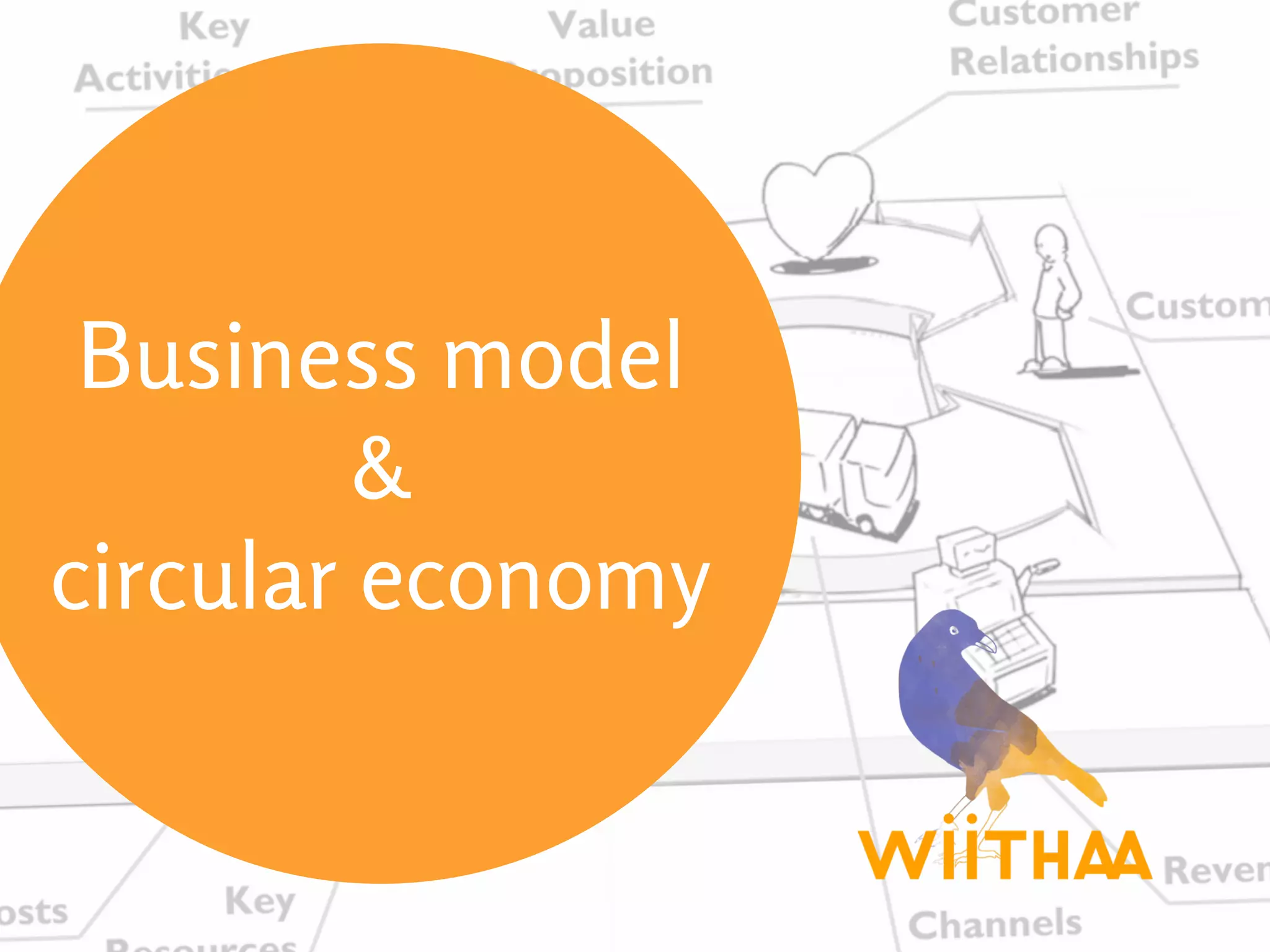Let’s be honest. The old “take, make, dispose” model is… well, it’s looking pretty tired. It’s a one-way street that ends in a landfill. A linear system on a round planet. It just doesn’t make sense anymore, not for our wallets and certainly not for the world.
Enter the circular economy. This isn’t just a buzzword. It’s a fundamental shift in how we design, make, and use things. Think of it less like a line and more like a circle—or better yet, a rich, interconnected ecosystem where waste is designed out and materials are kept in use for as long as humanly possible.
But how do you, as a business, actually build a company around this idea? How do you make it profitable, scalable, and… well, real? Let’s dive into the sustainable business models that are turning this theory into a thriving practice.
From Ownership to Access: The Power of Performance Models
Here’s the deal: sometimes, we don’t want a product; we want the service it provides. You don’t crave a washing machine; you crave clean clothes. You don’t yearn for a chiller unit; you need your food cold. Performance models, or Product-as-a-Service (PaaS), flip the script on ownership.
Companies retain ownership of the product and sell its output—the light, the cool air, the clean laundry. This completely realigns incentives. Suddenly, it’s in the manufacturer’s best interest to create products that are:
- Incredibly durable: They last forever because repairs and downtime cost the company money.
- Easy to repair and upgrade: Modular design becomes a core feature, not an afterthought.
- Fully recyclable: At the end of its long, long life, the company gets its valuable materials back.
Think of the company Philips, who now sells “Light as a Service” to corporations. They install, maintain, and upgrade the lighting systems. The client gets perfect light without the hassle of managing bulbs and fixtures, and Philips has a vested interest in using the most energy-efficient, long-lasting LEDs imaginable. It’s a closed-loop system where everyone wins.
Giving Products a Second, Third, and Fourth Life
This is where the magic of circularity really becomes tangible. It’s about seeing used goods not as trash, but as a treasure trove of resources. This isn’t your grandma’s thrift store—it’s a sophisticated, high-value operation.
Resale and Refurbishment
Companies like Patagonia, with their Worn Wear program, have built an entire beloved brand extension around this. They don’t just sell new jackets; they repair, refurbish, and resell used ones. This does two brilliant things: it builds fierce customer loyalty and it drastically reduces the demand for virgin materials. It tells a story that their products are built to last.
Remanufacturing and Recommerce
This goes a step beyond a simple refurbishment. Remanufacturing involves taking a used product back to its core components and rebuilding it to “like-new” condition, often with a full warranty. Apple, for instance, has a robust program for certified refurbished products. This model is a powerhouse for high-value electronics, industrial machinery, and automotive parts. It captures immense value that would otherwise be shredded.
Turning Trash into Treasure: The Upcycling Imperative
Recycling is good, sure. But it often involves “downcycling”—turning a plastic bottle into a lower-grade park bench. Upcycling, however, is the art of transforming waste materials into products of higher quality or value.
Imagine a food company that turns its spent coffee grounds into a substrate for growing gourmet mushrooms. Or a fashion brand like ECONYL® that regenerates discarded fishing nets and fabric scraps into brand new, high-quality nylon yarn. This isn’t just waste management; it’s alchemy. It’s a powerful way to build a brand on a story of regeneration and clever problem-solving.
The Engine Room: Circular Supply Chains & Material Innovation
All these models depend on one critical thing: what your stuff is made of. You can’t have a circular economy running on virgin, non-renewable, or toxic materials. The foundation is a circular supply chain.
This means sourcing:
- Renewable and Regenerative Materials: Think bamboo, mycelium, or algae-based plastics that can be grown and re-grown.
- Recycled and Reclaimed Inputs: Using post-consumer recycled plastic, glass, and metals as your primary feedstock.
- Fully Biodegradable Materials: For products that are single-use by nature, ensuring they can safely return to the earth.
It also demands radical transparency. Businesses need to know their suppliers, their suppliers’ suppliers, and the exact composition of their products. This is the unsexy, back-end work that makes the front-end magic possible.
So, What’s Stopping Us? The Real-World Hurdles
Okay, it’s not all easy. Transitioning to a circular model is hard. The initial investment can be high. Our entire global infrastructure—from city planning to waste collection—is built for that linear one-way street. And let’s be real, consumer habits are tough to change. We’re conditioned to crave the new and shiny.
But the pain of the old system is becoming impossible to ignore. Resource price volatility. Supply chain disruptions. Mounting consumer pressure for sustainability. These aren’t just challenges; they are screaming signals that it’s time for a new way of doing business.
The Bottom Line is Changing
Ultimately, sustainable business models for circular economies aren’t a niche play for eco-warriors. They are a strategic imperative for resilience, innovation, and long-term profit. They build deeper relationships with customers, insulate you from resource shocks, and unlock value in places you once considered waste.
It’s a shift from selling things to providing value—value that lasts. The question is no longer if business will evolve, but which ones will be clever enough, and bold enough, to close the loop first.





